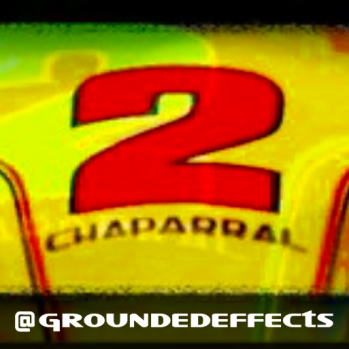In my preparation for my trip to the 500, I always spend just a little time pouring over the intricacies of the starting field. How many previous winners? How many rookies? What are the countries of origin? Any bits of trivia I find interesting.
Some examples; Row 10 this year is the only row which features only one of the engine manufacturers (Chevy); Lundgaard is the first Danish driver to make the field; Row 5 is the only all-USA native field; etc.
In doing so however, I also look at colors and liveries in the spotters guide. Between qualifying weekend TV coverage and reviewing the guide, I noticed there are virtually no liveries that I would consider unattractive this year. All are notable and few replicate others so closely that they’re difficult to identify immediately.
The livery game in Indycar has stepped up in the last few years and I want to say that it is about as good as it ever has been and perhaps 2022 is the best of the 20s so far, but as is typical with everything else in sports, comparing eras separated by years and decades means that technology factors into the discussion.
I do think that as wild as the vehicle design was through the 1970s, the liveries of that decade were a reflection of that era in freedom of creativity. When one considers that nearly everything (if not everything) was hand-painted at that time, the work to produce a memorable and visually-capturing livery was truly an art.
Perhaps only rivalled by the 1973 field, one of my absolute favorite fields, subjectively judged by liveries, is 1970. Below is the hyperlinked year of the field for your perusal, of images from the Indycar.com site.
1970 – The dawn of a new decade and new era in racing meant creativity was in full flow. The #2 Johnny Lightning Special driven by Al Unser was the actual race-winner, but is also one of the most recognizable liveries of all-time now over 50 years on, but first appearing in 1970.
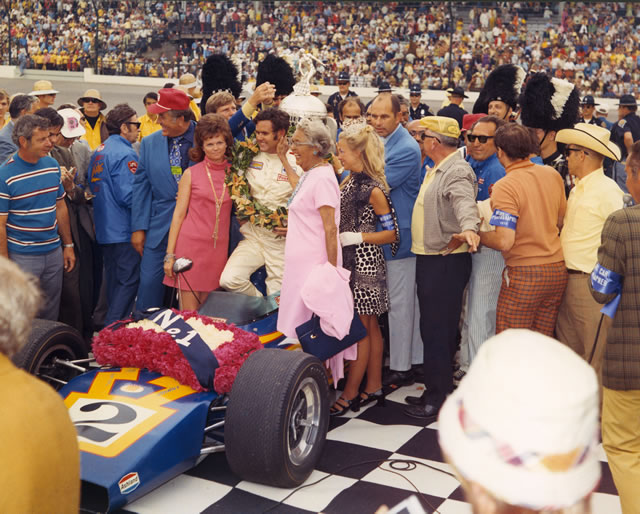

In 1970, Foyt’s Coyote Red team cars had become easily recognizable as did the Granatelli Team STP day-glo red, and the McLaren’s Papaya orange, but other non-works liveries that standout include: the #25 Cablevision car of Lloyd Ruby;
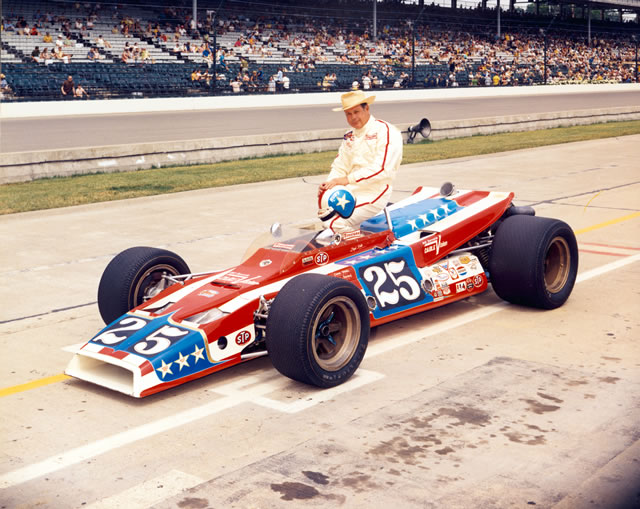
the #97 Wynn’s Spit Fire Special driven by Bruce Walkup;

The #22 and #23 Sprite soft drink liveries driven by Wally Dallenbach and Mel Kenyon;
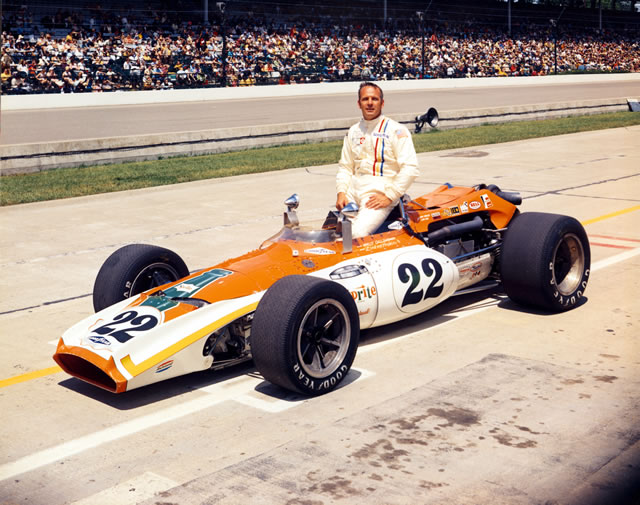
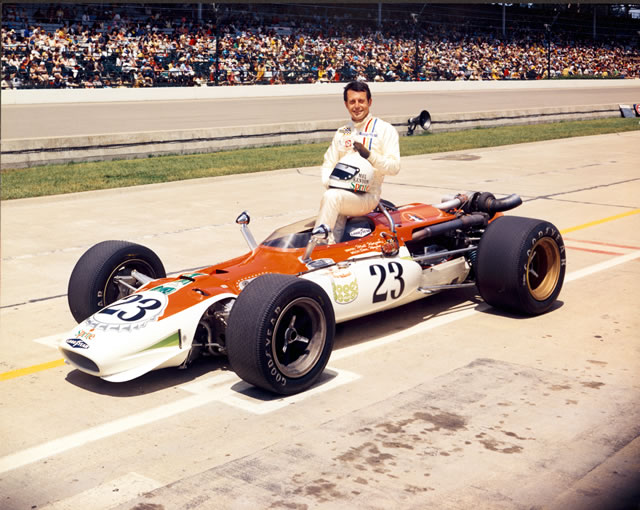
And the #89 Nelson Iron Works Special driven by Jerry Grant.
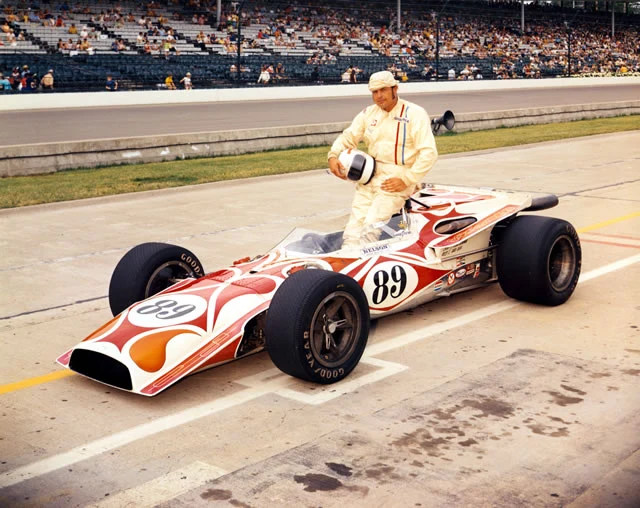
The #89 I particularly enjoy as it evokes a feeling of walking into a groovy ’70s lounge with dark paneling, brown vinyl-covered cushy club chairs, shag carpeting, and swag lighting everywhere, including the restrooms.
Wait! I’ve been there. It’s called the High Life Lounge in Des Moines, Iowa. When I made the trek to see Indycars in Iowa in the summer of 2018, we made sure to hit this classic spot and so should you (if you’re over 21 years of age, that is).
I believe art generally reflects the times and even so when applied to the mechanical racecar. The variety of chassis as well as the creative liveries in the field of the 1970 Indy 500 really gives one a sense of the times.
